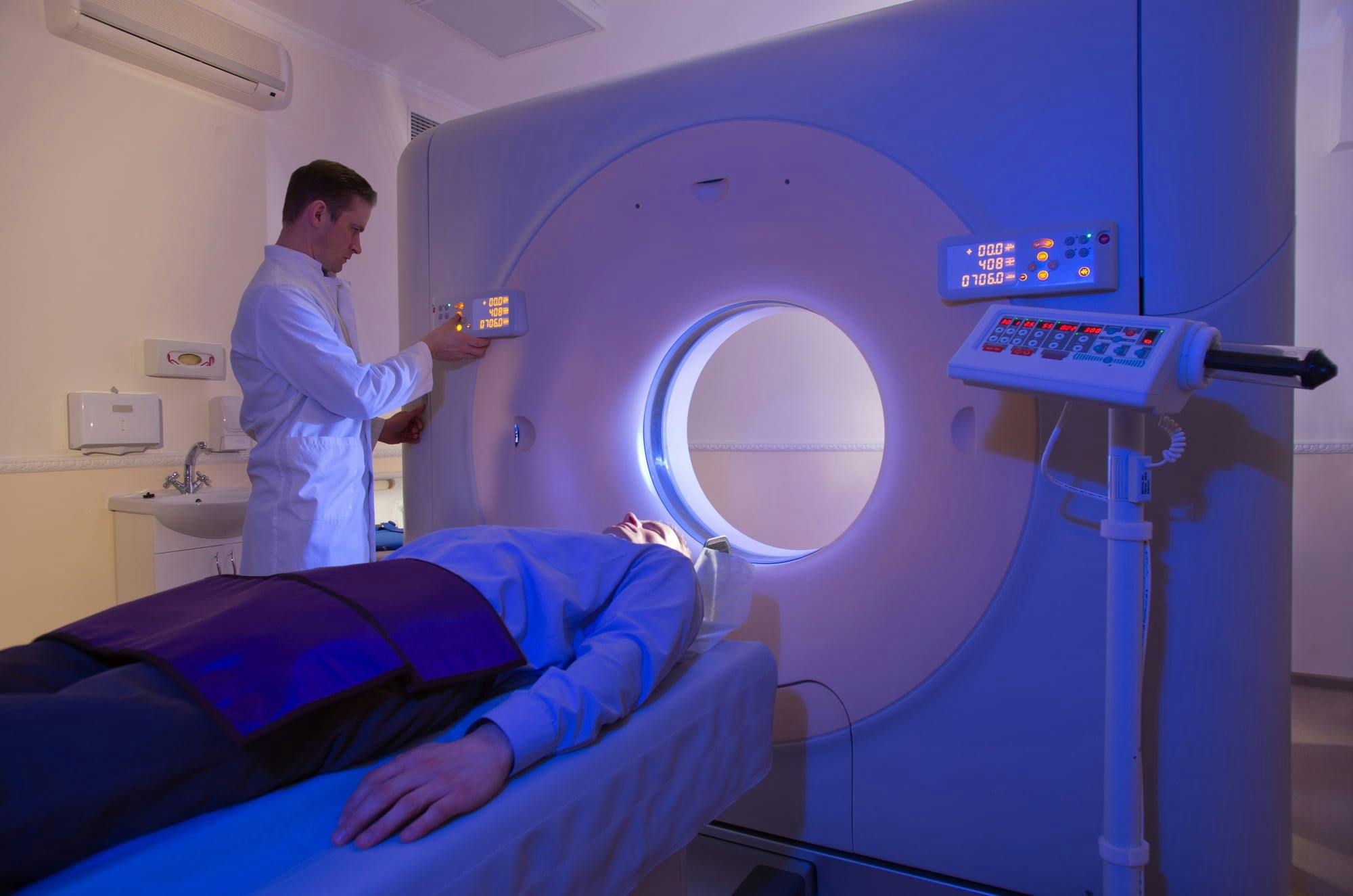
2019-10-15T16:28:57
What is the Difference Between Diagnostic, Therapeutic and Interventional Radiology?
- Imaging
- Radiation Oncology
- Radiology
December 1, 2016 | Radiology
Specialties:Radiology

Doctors use ultrasound imaging tests to detect and diagnose a wide range of conditions in the human body. Many of these conditions are in the stomach and abdomen area. Ultrasounds are often used to monitor a baby’s health in the womb, but ultrasounds can also tell us a lot about the stomach and digestive system.
What exactly is an ultrasound test, and how can it help with issues in the digestive system? Let’s take a look.
The science behind an ultrasound imaging test is pretty simple. High-frequency sound waves (or ultrasound waves) pass through the body using an item called a transducer. These ultrasound waves are able to penetrate your skin and bounce off internal organs and other solid structures inside your body.
This creates an image of the inside of your body, which the transducer sends digitally to a computer in the examination room. In most cases, your doctor will apply a gel to the transducer to help eliminate air pockets and keep the picture clear.
Unlike X-ray tests, ultrasounds do not use any kind of radiation to create images of the body. Because of this, the risks involved in ultrasound tests are low. People rarely deal with any side effects at all, and those who do experience side effects find them minor and usually temporary.
Ultrasound tests can help detect and explain several different digestive issues, including:
Because of the low risk of ultrasound tests, many doctors use them regularly if there’s even a hint of a potential problem. If you’re dealing with pain or any issue you aren’t sure about in your stomach or abdomen area, give your doctor a call. A quick ultrasound can often solve the problem before it gets any worse, or can at least point you in the right direction.
Ultrasound tests are painless and easy, and usually don’t call for any major preparation before the test. Some people may be asked to fast or avoid drinking water for a period of time before their test.
Once you’ve arrived at the doctor’s office for your ultrasound, there are a few simple steps:
That’s all there is to it. Your results will show up immediately on the computer screen in the examination room, and your doctor (usually a radiologist) will be able to tell you what’s happening right away if the ultrasound shows a condition.
In some cases, ultrasound tests won’t pick up anything or won’t be conclusive. Your doctor might call for other kinds of tests if this happens, or may send you to another kind of specialist.
WRITTEN BY:
The Live Better Team

2019-10-15T16:28:57

2019-06-06T10:36:51

2017-12-26T11:52:27

2017-12-19T14:36:02
This information is not intended to replace the advice of a medical professional. You should always consult your doctor before making decisions about your health.